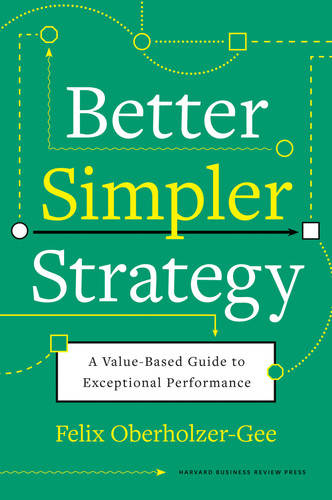There are few better places to observe value creation than outside the entrance of an Apple store. Watch customers as they exit with their elegant, beautifully packaged devices in hand. Sure, they paid a hefty price for the superb design, but just look at their faces, beaming with pride and anticipation! Or online, head over to Facebook and Instagram, where you will see other instances of value creation. Look at the pictures and videos your friends post when they receive a coveted job offer or earn a promotion. Happy faces again.
Apple competes at the top of the value stick by raising customer willingness-to-pay (WTP). Companies that offer exceptionally engaging work create value by lowering willingness-to-sell (WTS) (figure 3-1).
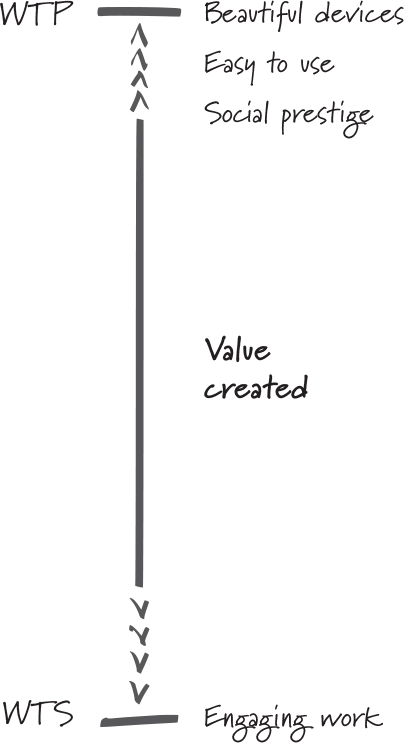
Figure 3-1 Modes of value creation: Increases in WTP and decreases in WTS
Think of WTP and WTS as walk-away points. WTP is the maximum a customer would ever pay for a product. Charge one cent more, and the customer is better off walking away from the transaction. As the Apple example illustrates, many factors enter into WTP, including product attributes, quality, and the prestige a product might confer. At the bottom of the value stick, employee WTS is the lowest compensation a person is willing to accept for performing a particular type of work. Pay an employee less than his WTS, and he will walk away from the job. As with WTP, many concerns flow into WTS. They include the nature of the work and its intensity as well as career concerns, social considerations, and the attractiveness of other job opportunities.
Value Capture
Companies create value by increasing WTP and decreasing WTS. They capture value by setting prices and compensation. The overall value that a business creates gets divided three ways (figure 3-2).
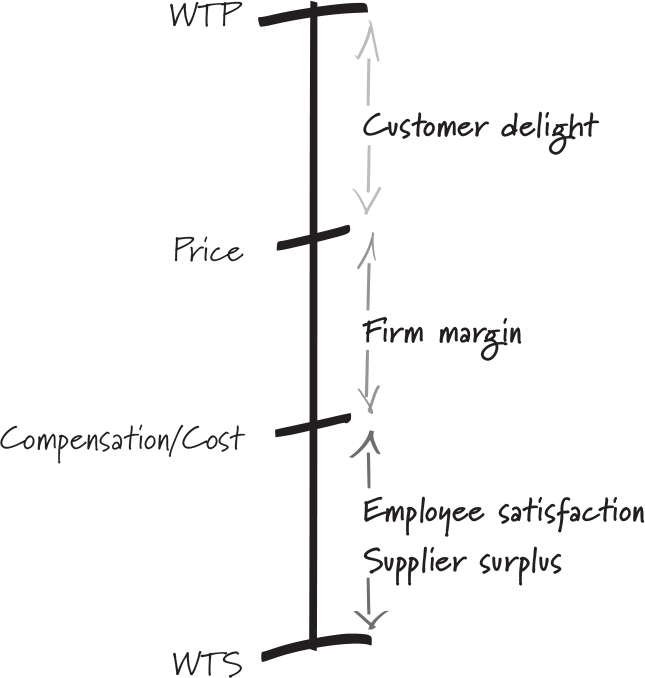
Figure 3-2 Sharing value with customers, employees, and suppliers
The difference between WTP and price is value for the customer. Apple’s products may be expensive, but customer appreciation for the devices is even higher. The happy faces at the Apple store mirror the degree to which WTP exceeds the price. In value-based thinking, price is not a determining factor of WTP. We often use WTP and price interchangeably. But it is useful to keep them separate.
At the lower end of the value stick, the difference between an employee’s compensation and her WTS is the satisfaction that she derives from work. The idea is simple. If compensation were set exactly at WTS, she would be indifferent between work and her next best opportunity—perhaps another job, perhaps leisure. If the firm pays more than WTS, employee satisfaction increases. A similar logic applies to suppliers. Their share of value is the difference between how much they get paid by the firm (the firm’s cost) and their WTS. Think of it as a surplus that the suppliers earn from the transaction. For example, a supplier might want to earn a minimum margin of 25 percent. This margin determines his WTS, the minimum price that he will accept. If the firm ends up paying more, the supplier earns a surplus.
The final portion of value—the difference between price and cost—accrues to the firm. Think back to chapter 2 and the dramatic differences in profitability that we observed. If we want to understand why some companies are much more profitable than others, a useful starting point is to identify the reasons why the middle section of the value stick—the firm’s margins—is slim for some companies and fat for others.
Value sticks are drawn for specific products and specific customers, employees, and suppliers. The WTP for Apple devices tends to be high for customers who adore sleek design and appreciate ease of use. Apple has a distinct advantage with this group: it can charge high prices and create significant customer delight at one and the same time. Apple also enjoys advantages with some of its suppliers. For example, shopping malls give Apple a special break. The company pays no more than 2 percent of its sales per square foot in rent, compared with 15 percent for a typical tenant.
Why are mall owners so generous to Apple? As figure 3-3 illustrates, malls have a particularly low WTS in their relationship with Apple; this is because the company increases foot traffic by about 10 percent for all the other stores in the mall.1 And, as the figure suggests, a busier mall allows owners to increase the rent for all the other stores to about 15 percent of sales.
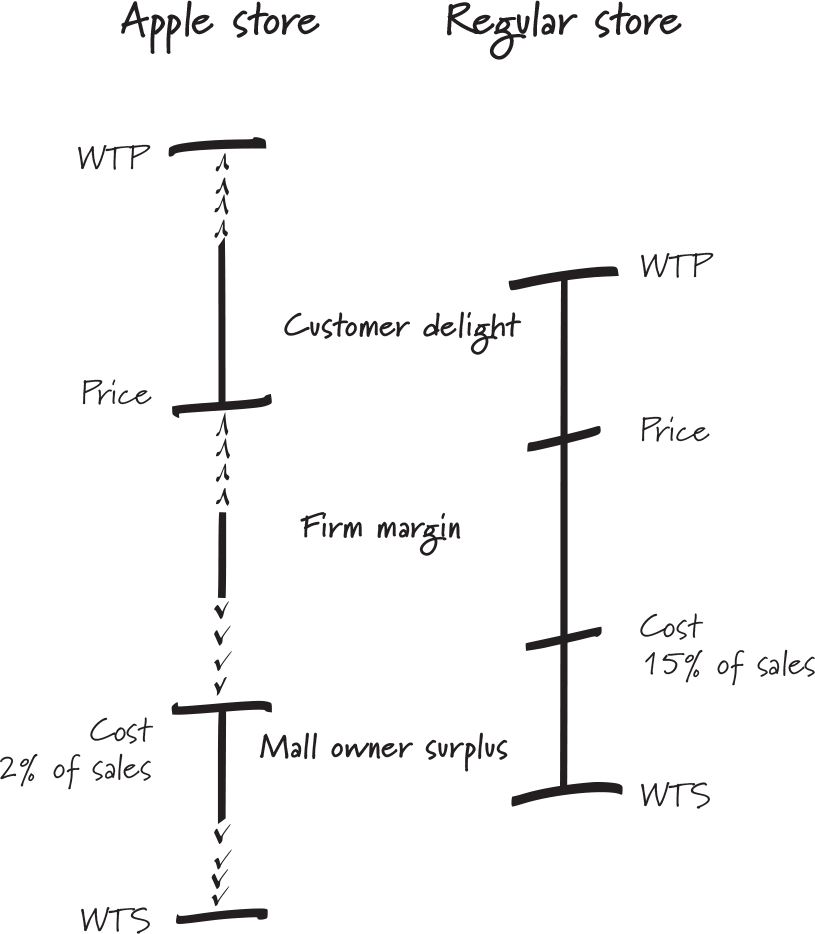
Figure 3-3 Apple benefiting from high WTP and low WTS
Value sticks illustrate that there are only two avenues for companies to create value: increase WTP or decrease WTS. Every strategic initiative needs to be evaluated against these two metrics. Unless an activity increases WTP or decreases WTS, it will not contribute to the firm’s competitive standing. When I visit companies, I am always impressed by the myriad of activities I observe. At the same time, I often find myself at a loss to see how certain initiatives will help increase WTP or decrease WTS. If your organization feels overburdened, if you feel unreasonably stretched, here is your chance to cut back. Unless an initiative promises to increase WTP or decrease WTS, it is not worth pursuing.
Competition
Once a company has created significant value, what allows it to capture some part of that value? The question is not rhetorical. No one doubts that US insurance companies create significant value. Yet, as we saw in chapter 2, little of that value stays with the carriers; most of it flows to their customers. To see how much value companies manage to capture, it is helpful to take into account competitive forces.
Imagine you are going to book a round-trip flight from Boston to Los Angeles. Expedia offers a variety of options. The three lowest-priced flights are on American Airlines, Alaska Airlines, and Delta Air Lines. They are all priced similarly (figure 3-4). (Delta is a smidgen less expensive.) Expedia rates all three flights 8.5 out of 10, suggesting that your travel experience will be quite similar. How would you choose between the three options?

Figure 3-4 Competition among airlines
The price of the flight, I am sure, will loom large in your decision. Why? Simply because there is nothing else to consider. The more similar the three value sticks, the greater is the tendency for passengers to focus on price. In fact, it is no coincidence that the prices for these flights are so close. Lacking meaningful differentiation, the three airlines are forced to compete on price.
At times, I meet businesspeople who complain about their customers’ price sensitivity. But heightened sensitivity simply reflects a firm’s competitive position. If the value stick of a business closely resembles the value stick of other businesses, how do you suppose customers choose? They will focus on price, putting pressure on margins and reducing the firm’s ability to capture the value it creates.
By contrast, firms that create superior value enjoy an increased ability to charge premium prices. Expedia rates JetBlue’s least expensive Boston to Los Angeles flight an 8.7. Not surprisingly, it is priced higher ($411); passengers expect a better experience (figure 3-5).
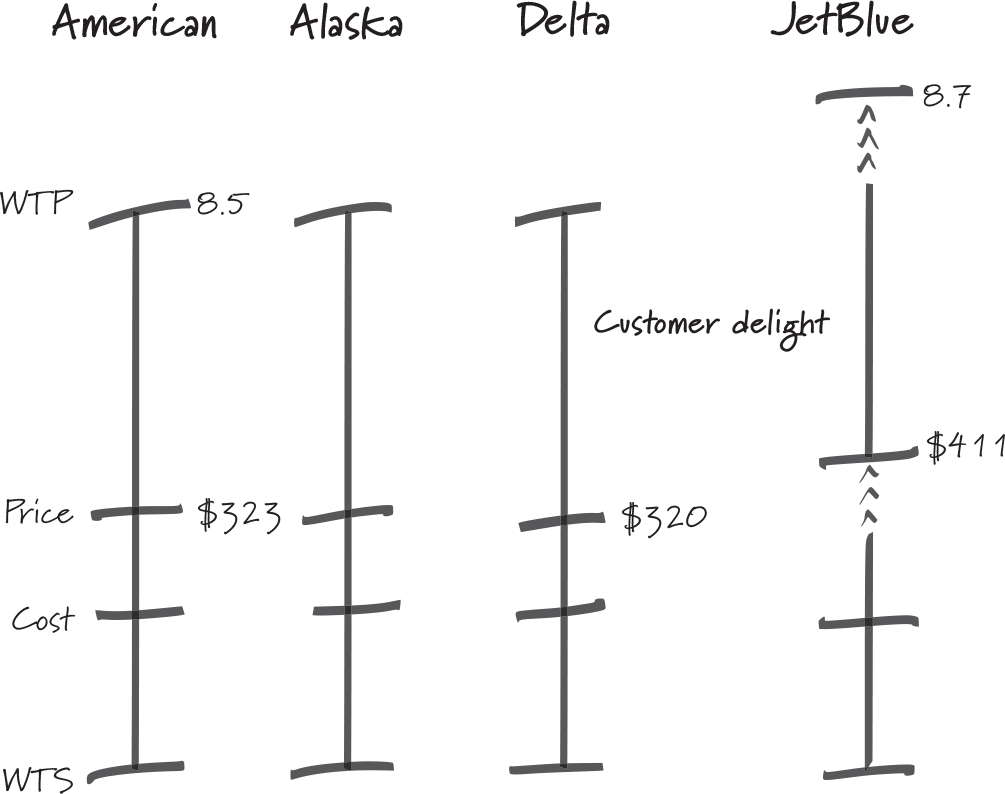
Figure 3-5 Differences in WTP and differences in customer delight
Will customers choose the JetBlue flight? The answer is not obvious. If JetBlue offers superior customer delight, passengers will flock to its service. But if the difference between WTP for American and $323 (American’s customer delight) is larger than the difference between WTP for JetBlue and $411 (JetBlue’s customer delight), American is in a better competitive position. Companies compete for customers by creating superior customer delight. Many companies strive to be best in class. But having better quality and higher WTP is no guarantee for success. What matters is the difference between WTP and price—in other words, customer delight.
Differences
As this discussion illustrates, all ability to capture value depends on differences in value creation. In their quest for exceptional performance, many executives ask themselves what they might do to increase their firm’s returns. This is the wrong question to set out from. To begin your journey toward increased financial performance, create differentiated value and profits will follow. Fail to do so, and no amount of business acumen will generate exceptional results. The greater the similarity between two value sticks, the greater the pressure to compete on price.
As you know from your own experience, thinking in differences is not easy. When Lyft, a ride-sharing firm, announced it would provide discounted fares to transport voters to and from the polls in late 2018, how did its chief rival, Uber, respond? You guessed it: it copied Lyft’s initiative.2 Imitation of this sort has two effects. It creates value for the imitator; Uber’s leadership was convinced that the discounted fares were an effective marketing initiative. But at the same time, copying reduces the ability to capture value, because greater similarity across firms leads to downward pressure on prices.

When I ask executives who apply value-based strategy in their business what they perceive as particularly useful about this type of thinking, they often make the following points.
- We live in a complicated world. Value-based strategy helps us see how we can create value. There are only two levers: WTP and WTS.
- In competition, more generous margins (and greater profitability) reflect an ability to create superior customer delight, greater employee satisfaction, and more generous supplier surplus. Value creation comes before value capture.
- Strategists think in differences. Exceptional product quality and outstanding working conditions do not confer a lasting advantage if they can be matched easily by rival firms.
A profound question to ask is the following: If your company were to disappear tomorrow, who would miss it? Perhaps your customers, who found supreme delight in your products and services? Perhaps your staff, who cherished working in your company? Perhaps the suppliers, who enjoyed a special relationship with your firm? Someone needs to miss you. If no one misses you, if your value stick resembles everybody else’s, you are not making a difference. And without a meaningful difference, your company has little chance of earning returns in excess of your cost of capital.
